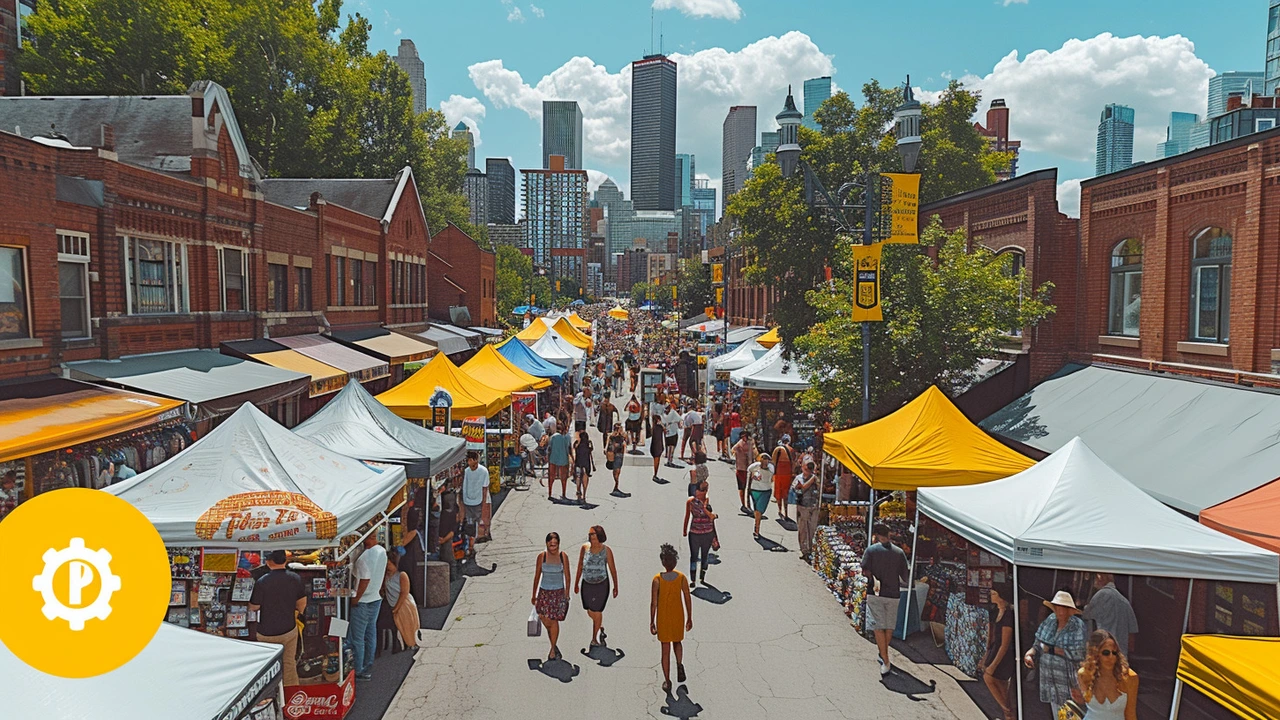Future Predictions: What’s Coming for Art, Cities, and Tech
AI already paints portraits that fool the eye and cities add sensors to streetlights. That’s not science fiction — it’s how tomorrow is shaping up. This tag collects short, practical looks at trends that matter: how design and technology merge, what artists experiment with next, and which ideas will affect everyday life.
What to expect from these predictions
Expect concrete shifts, not vague hype. You’ll find posts about futurism in smart cities (how planning uses data to cut commute times), the future of gaming (VR, cloud streaming, and AI-driven narratives), and art movements that point to tomorrow’s styles. Read pieces on photorealism, Bauhaus influence, and installation art to see where aesthetics are headed — whether artists chase hyperreal detail or immersive, interactive work. Each post links history with clear signs of change so you can spot real trends versus fleeting buzz.
Look for examples that matter: a city pilot that reduces energy use, a game that uses procedural storytelling, or an exhibition where the audience triggers the visuals. Those are the kinds of touchpoints showing a prediction is already happening, not just a bold claim.
How to use these insights
Use this tag as a practical compass. If you’re a designer or artist, pick one trend and test it small: try an interactive installation with cheap sensors or explore photorealistic techniques with reference photos and digital tools. If you work in urban planning or policy, note case studies on smart-city pilots and ask which metrics improved (traffic flow, energy, public safety). For creatives in gaming or media, the articles on futurism offer ideas for new mechanics — like adaptive storylines driven by AI — that you can prototype in a weekend.
Want quick takeaways? Scan titles for the problem they solve: lower costs, stronger engagement, better sustainability. Open the post, read the examples and tips, then ask: Can I try this in one month with existing tools? If yes, you’ve found a usable prediction. If it needs huge budgets, treat it as long-range inspiration instead of immediate action.
This tag also highlights crossover moments — where movements like Bauhaus or Constructivism resurface through tech, or where land art influences urban parks built with climate resilience in mind. Those crossover cases often show true shifts because they mix ideas across fields.
If you’re curious or skeptical, that’s good. Question each prediction: who benefits, what problem it solves, and what could go wrong. Then use the linked posts to follow the idea deeper. That’s how you turn predictions into useful plans or smart criticism — not just headlines.
Browse the posts, click the ones that promise practical examples, and try one small experiment. Predicting the future isn’t guessing; it’s watching patterns and acting early.

